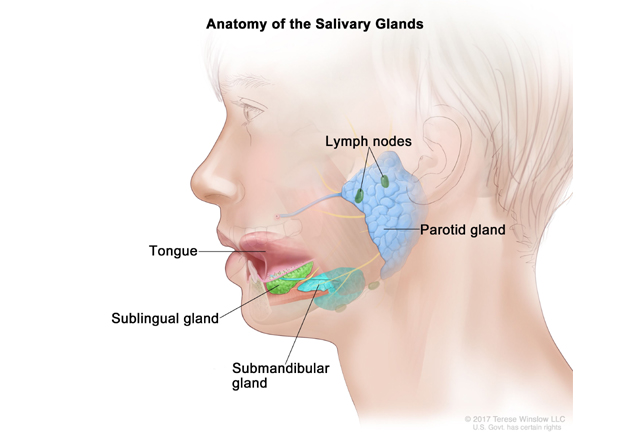

JAW TUMOURS
A tumor is a growth caused by an overproduction of cells. A cyst is similar to a tumor, except that it is filled with fluid. Both tumors and cysts can form in the bone of the maxillofacial region, most frequently in the lower jaw bone, or mandible.Tumors are frequently benign, but can also be malignant (cancerous). Malignant bone tumors in jaw are either primary, meaning that the cancer originated there, or secondary, meaning that the cancer has metastasized, or spread to the bone of the jaw, from another area of the body. Primary bone cancer in the maxillofacial area is very rare. Malignant tumors in this region are more likely to have metastasized from elsewhere in the body.
Bone cysts and tumors very often do not have any symptoms. They are usually discovered during a routine x-ray, when a bone fracture occurs, or if they swell to a very large size. In some cases, however, they can cause bone pain.

Diagnosis:Physicians use x-rays to visualize the tumor or cyst in the jaw bone. A biopsy is often necessary to determine whether a tumor is benign or malignant.
Treatment: In some cases, benign tumors and cysts can be left untreated. However, they usually need to be closely monitored by your doctor. Cells within odontogenic cysts and tumors can occasionally become malignant. But even benign cysts and tumors can also weaken or cause damage to the surrounding bone and tissue if they continue to grow.
Benign cysts and tumors of the bone generally need to be surgically removed. Depending on the nature of the cyst or tumor, a small or a large area of bone may need to be removed. In some cases, bone reconstruction of the area may necessary. The area of the removed cyst or tumor will be monitored to make sure that it does not recur.
Treatment of malignant tumors depends on the type and stage of malignancy.